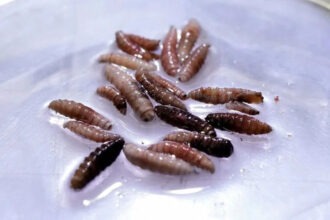NEED TO KNOW
- The CDC has released new recommendations linking childhood grit to hose water and tetanus proximity.
- The updated chart includes metrics for “bike ramp height” and “percent of skin coated in Kool-Aid dust.”
- Experts warn sanitized childhoods may lead to adults who cry when printer paper jams.
The New Pediatric Risk Pyramid
In a sweeping shift, CDC researchers unveiled a pyramid of optimal childhood exposures. At the base: drinking from a hot garden hose. At the peak: jumping a bike over two garbage cans and a younger cousin. “Kids today lack the mild trauma needed for long-term stability,” said one CDC official who asked not to be quoted directly for fear of Facebook moms.
Garden Hoses Now Considered Multivitamins
According to the report, hose water provides trace elements of bravery, bacteria, and bits of rubber that “probably do something important.” The findings were backed by a 1990s study found in a school nurse’s drawer next to expired EpiPens and a note that just said “Chad?”
Hands-On Exposure to Rust Now Encouraged
Instead of hand sanitizer, children are now urged to handle at least one rusted tool per week. “We’re not saying hand them a tetanus spike,” clarified a CDC spokesperson, “but maybe a wrench that could be a tetanus spike if the wind hits right.”
Parental Caution Seen as Barrier to Development
Overprotective parenting, particularly in suburbs where leaf blowers are mistaken for threats, was linked to higher anxiety, lower confidence, and adult-onset gluten allergies. The CDC advises parents to look the other way once in a while and let kids learn the hard way, preferably by falling off something cheap.
Quote of the Moment
If your kid hasn’t eaten dirt, fought a bee, and cried on a trampoline, you’re doing it wrong
Suburban Dad with a scar and a story















